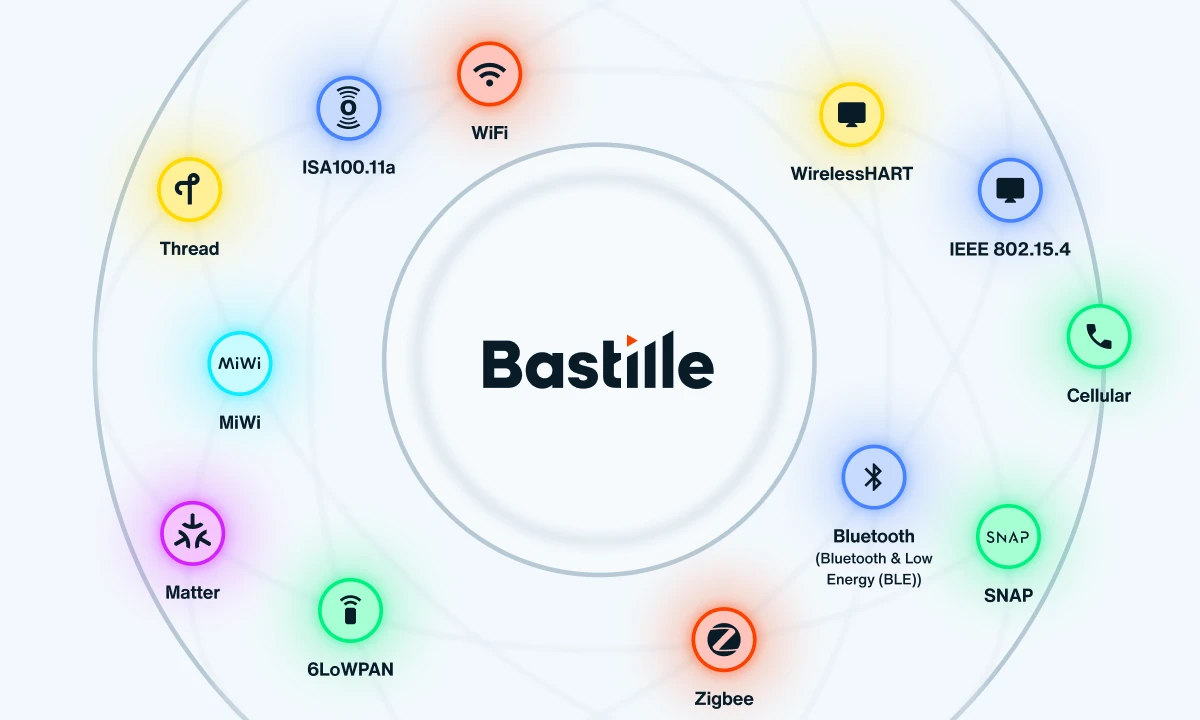Guest Blog, How to Merge the IoT into Enterprise Master Data Management Programs
August 19, 2016 – By Dan Virgillito
Dan Virgillito is a Security Researcher for the InfoSec Institute.
Absorbing the data from the growth of interconnected devices that produce large data quantities is becoming the natural focus of all big data companies, especially when it comes to driving MDM (Master Data Management)/DQ (Data Quality) going beyond the acquisition of these continuous data streams.
Does IoT (Internet of Things) fit the description of driving MDM? Well, if an enterprise has IoT implemented for sensor data to keep track of behaviors, configurations, and identities, then it should be keeping master databases for all these assets. It gives companies certainty over where all data is and its performance at every point.
Much of the early adoption of Internet of Things comes from sensor data or machine generated data from mobile sensors in the form of log files such as Sensors, Location Intelligence and Geofencing. Sensors and devices like smart meters and jet engines are also contributing to streams of data. Other IoT data-driven initiatives include tracking devices, wearables, and logistics. Supply-chain materials and production units are also being equipped with sensors while smart-machines are being deployed to optimize processes.
However, organizations face challenges when it comes to gaining access to current sensor networks encapsulated within control systems as well as difficulties in managing and using captured data. To overcome these challenges, organizations need to exploit industrial analytics, intelligent applications, IoT security, and sensor-driven computing.
With the growth of Internet of Things, IT has the opportunity to add value to MDM/data quality programs. IoT use cases are expected to account for an increasing percentage of MDM solutions as corporations look to govern the fast-growing data sets around sensor data.
IoT data management complements MDM/data quality initiatives in a multitude of ways, but these specific scenarios are highlighted within organizations:
Frequent sensor data use: Sensor data use requires the setup of specific processes that can be expanded across additional applications to gain value. The use case for MDM is to connect dependent systems while maintaining linkages with source sensor data. An example is the collection of location data to find nearby businesses. The data can be used to optimize routes to reduce the number of steps taken as well as search efficiency. Moreover, following the optimization, it can be used for accurate location tracking, as well as for alternative routes to an office (routes with traffic can be avoided).
Sensor data API sharing: Sensor data, while valuable to organizations collecting the data, can be shared with partners provided it remains anonymous and the sharing organization has access control. Passing of additional data from non-sensor devices to partners would require API use, and an MDM solution will control and screen the data before it goes out the firewall to ensure only good data is passed out. For instance, a company offering location data to its customers may share the data with corporate partners, but they need to anonymize any information about customers. In addition, bad data needs to be identified and destroyed, unless it provides value as competitive intelligence.
Data treated as personal data: As data volumes grow, it can be difficult to anonymize related data sets. However, it is critically important to treat data obtained from IoT devices as personal data. It needs to be anonymized for different use cases, and require access governed by the organization and anyone else with whom the data is shared. Additional data sources need to be recorded and made available when IoT device use grows. Data should be processed locally before it goes out of the enterprise; solutions like end-to-end encryption should be considered where it isn’t possible to process data locally. All actors in the data-sharing regime should make strong privacy considerations.
The scenarios indicate that there is a huge opportunity for organizations taking new initiatives to understand the special needs of Internet of Things, as well as the modern technology leveraged by IoT devices. The bigger opportunity is for those companies who learn how to leverage IoT to provide better data to their clients/partners by offering insights that were previously impossible.
At the heart of the ability to succeed is the opportunity to screen out bad data and move the good one from one place to another. However, these organizations will need to adapt their data integration technology to make sure it deals with unstructured and streamed data as it is processed and moved by IoT technology.
Challenges that lie ahead
Machine-to-machine communication and IoT devices generate a lot of data. The top barrier is analyzing that data to get useful insight as it takes expertise. Enterprises need to change their processes to integrate MDM and enable employees to use and respond to the insights from data analyses.
However, the challenge isn’t crunching the data: it’s making use of connected systems needed to paint a complete picture to spur authentication, integration, and security throughout the organization. Companies need to spend less on integrations and leave some money aside for the operational changes that actually produce the results; some of the investment should go towards processes that stitch things together.
Then in order to turn these initiatives into profit, organizations need to have a deep understanding of the impact of IoT. Turning an organization into a smart enterprise affects every process of the business, but organizations that are slow to adapt to this change could be left behind the competition.
In addition, even with the best governance policies in place, the sheer volume of data flowing through IoT can make it challenging to drive peak MDM/data quality at all times. The key to overcome this challenge is to identify and prioritize IoT resources that require governance and streamline sensor data processes.
There are benefits of integrating MDM and IoT, such as automatically updating master data to improve the value-flow of data quality processes, and enabling prediction on master data to enable new business models and processes. However, the IoT is only valuable with an analytics model that is able to describe the semantic relations between master data objects and IoT devices. As a result, a proper semantic description is required for IoT data and MDM to generate fruitful results.
Corporations also need to detect anomalies and patterns while they occur, in motion, to make a considerable impact on the outcome of events. Whether it’s a pacemaker, a jet engine or medical device, sensor data will flow in a constant stream between device and network, leading to massive amounts of data, which makes IoT a major contributor to big data. New database technologies are required because traditional MDM solutions may have not been designed for Big Data, which is a necessity for the combination of MDM and IoT.
At a time when the enterprise sector is looking to take advantage of IoT data management to drive MDM/data quality, a culture of data-driven decision-making will help process sensor data while analytical skills of the domain will be used to extract valuable information.




